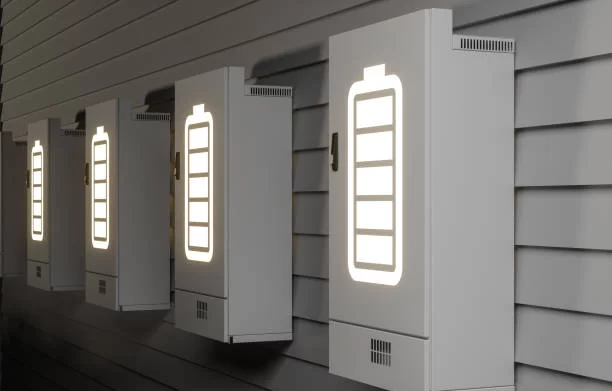The Advancements and Challenges of Energy Storage Unit Technology
Energy storage unit technology has made significant progress over the past few decades. These advancements have not only facilitated the widespread adoption of renewable energy but also played a crucial role in reducing global carbon emissions. However, despite the rapid development of energy storage technology, it still faces numerous challenges such as cost, efficiency, and sustainability. This article will explore these advancements and challenges and provide examples of how different types of energy storage units perform in practical applications.
Advancements in Energy Storage Unit Technology
- Innovations in Battery Technology
Battery technology is a critical aspect of the energy storage field. Over the past few decades, the energy density and lifespan of lithium-ion batteries have significantly improved. Companies like Tesla and BYD have reduced battery costs through improvements in chemical composition and manufacturing processes. Higher energy density and longer lifespan have led to the widespread use of batteries in electric vehicles and home energy storage systems. - The Rise of Solid-State Batteries
Solid-state batteries are considered a breakthrough for the next generation of battery technology. Compared to traditional liquid electrolyte batteries, solid-state batteries offer higher safety and energy density. Their applications are not limited to electric vehicles but can also be used in large-scale energy storage systems. Although solid-state batteries are still in the research and development stage, their potential is undeniable.
Development of New Energy Storage Technologies
In addition to battery technology, other new energy storage technologies are emerging. For example, flow batteries, compressed air energy storage, and flywheel energy storage each have unique advantages. Flow batteries offer long service life and high cycling stability, compressed air energy storage systems can achieve large-scale energy storage, and flywheel energy storage provides high power density and rapid response time.
- Innovations in Battery Technology
Challenges Faced by Energy Storage Units
- Cost Issues
Despite significant advancements in energy storage technology, high costs remain a major barrier to widespread adoption. This is particularly true for large-scale storage systems, where initial investment costs are substantial. Although battery costs are decreasing annually, it still takes a considerable amount of time for most consumers and businesses to achieve economic returns.
- Efficiency Issues
The efficiency of energy storage systems directly impacts their economic and environmental benefits. Traditional battery systems lose some energy during charge and discharge cycles, resulting in lower efficiency. While new energy storage technologies such as solid-state batteries and flow batteries have made improvements in efficiency, achieving 100% energy conversion efficiency remains a significant challenge.
Sustainability Issues
Sustainability issues in energy storage technology primarily relate to materials and waste management. The production of lithium-ion batteries requires large amounts of rare metals such as lithium, cobalt, and nickel, the extraction and processing of which can have negative environmental impacts. Additionally, the disposal and recycling of used batteries are pressing issues. Although some companies are exploring methods for battery recycling and reuse, large-scale implementation is still some way off.
Performance of Different Types of Energy Storage Units in Practical Applications
- Lithium-Ion Batteries in Electric Vehicles
Lithium-ion batteries are widely used in electric vehicles. The 2170 lithium-ion batteries used in the Tesla Model 3 not only have high energy density but also fast charge and discharge speeds. BYD’s electric buses also use similar battery technology, showcasing the great potential of lithium-ion batteries in public transportation.
Flow Batteries in Large-Scale Energy Storage Systems
Flow batteries, due to their long lifespan and high stability, are becoming ideal choices for large-scale energy storage systems. For example, a large flow battery energy storage station in Dalian, China, demonstrates the excellent performance of flow batteries in balancing grid loads and stabilizing power supply.
Flywheel Energy Storage in Renewable Energy Plants
Flywheel energy storage systems, with their high power density and rapid response time, are widely used in renewable energy plants. Some wind and solar power plants use flywheel energy storage systems to smooth out power output, reduce grid fluctuations, and ensure stable power supply.
Conclusion
The advancements in energy storage unit technology have brought us many hopes and possibilities, from electric vehicles to large-scale energy storage systems, showcasing the enormous potential of these technologies. However, issues such as cost, efficiency, and sustainability remain pressing challenges. In the future, with continuous technological progress and innovation, energy storage unit technology is expected to be applied in more extensive fields, contributing more significantly to the goal of sustainable development.

